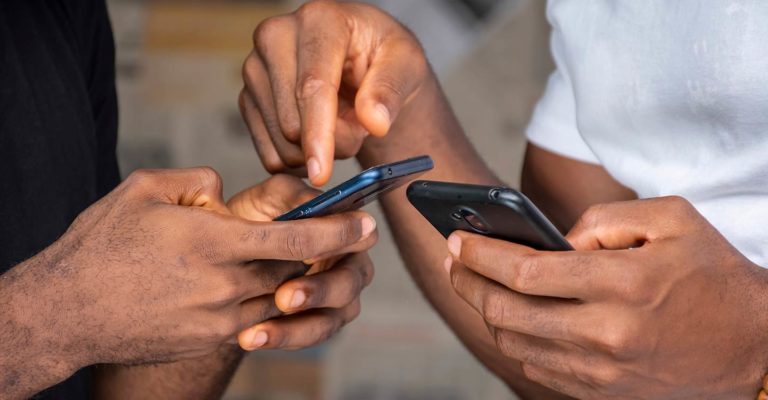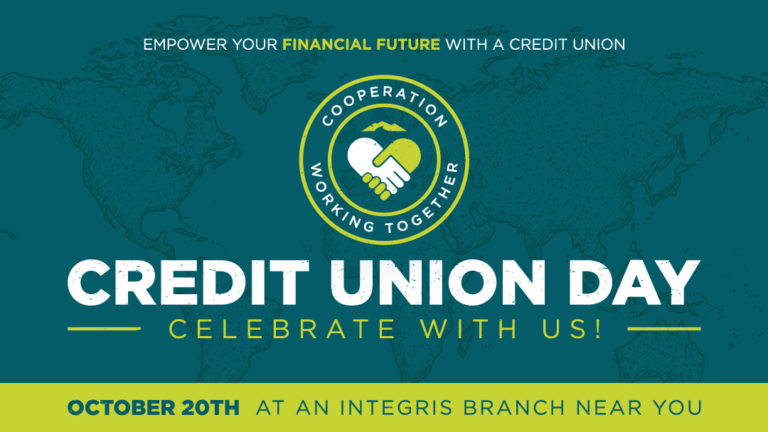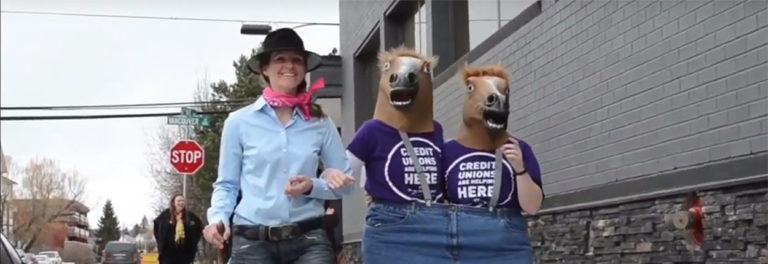The Cheque Scam You Need to be Aware of
There has been an increase in a specific type of cheque scam over the past few months, mainly, fraudsters are creating fake cheques and convincing individuals to deposit them in exchange for giftcards, cash or e-Transfers.
Fraudsters are contacting individuals online via social media sites, dating sites, and other similar online avenues and persuading you to deposit fake cheques via Remote Deposit Capture.
Basically, you make a new friend online, they give you some story about not being able to deposit their cheque for some weird reason, and give you the funds in exchange for gift cards, cash, and other untraceable merchandise. Within a few days, the cheque is returned as: ‘Account Closed’, ‘Unable to Trace’, or ‘Funds Frozen/Not Cleared’ or something similar and your new ‘friend’ has mysteriously disappeared.
With this emerging scam, fraudsters generate a fake cheque that looks legitimate to the untrained eye, however, there is one big red flag that we want you to be aware of: a Canadian image on the front and a USD image on the back.
Canadian cheques should look like this:
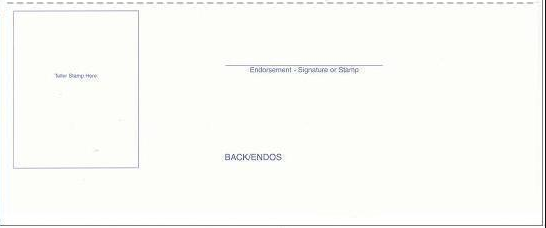
The Canadian cheque back is horizontal with the endorsement line at the top in the centre.
Not like this:
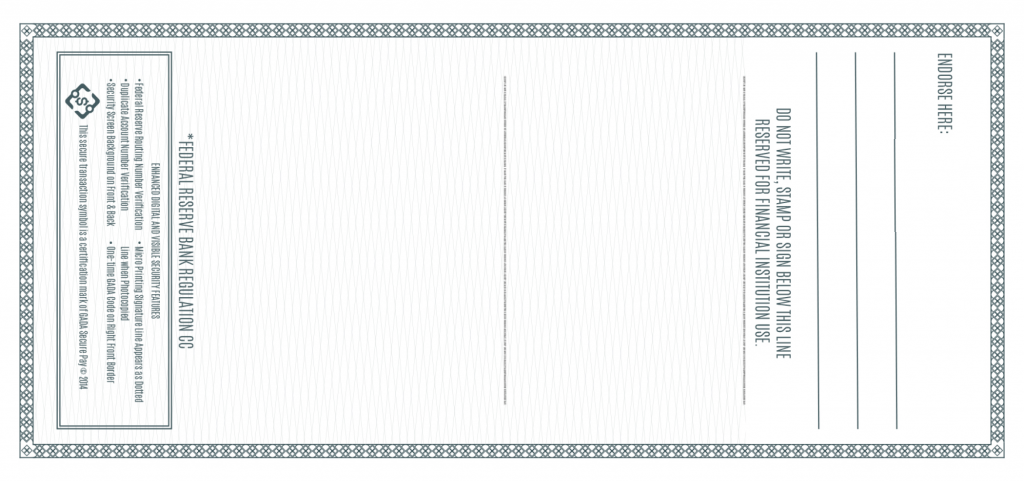
The US cheque back is vertical with the endorsement line at the right hand edge of the cheque.
Some Things to Watch For:
- Frudulent cheques commonly come from out of province businesses and banks.
- The cheque comes with a ‘Mobile Deposit Only’ message pre-typed on the back. This is unusual as the Payee generally endorses the back either by signing, writing the account number, or stamping ‘Deposit Only’. Additionally, you get to decide how you deposit your funds and if someone tries to tell you differently, be suspicious.
- Fraudulent cheque amounts are commonly for even dollar amounts – for example $2500.00. A question to ask yourself: ‘Does the dollar value match the nature of the cheque?’ For example, payroll cheques are rarely even dollar figures.
‘You break it, you buy it’ – Ramifications for depositing fake cheques
When you deposit a fake cheque into your account (knowingly or unknowingly), you are personally responsible for the funds. If a cheque is found to be fraudulent, you will be required to financially cover the fraud. This is why it is incredibly important to never deposit cheques on behalf of another person into your account.
If you receive a cheque with a US Cheque back, it is fairly safe to assume that the cheque is fraudulent and should not be negotiated – unless of course it is actually a US Cheque drawn on a US Bank. If you are unsure if a cheque is legitimate, please bring the cheque to your local Integris Branch. Generally, follow the golden rule: “If it looks too good to be true, then it probably is!”
Never, ever, ever – like the Taylor Swift song goes – give out your online banking information! Be vigilant with who you are speaking to online and if you are unsure of what is being asked of you, contact your branch for assistance. To learn more about privacy and how to your protect yourself, visit our web page here.




